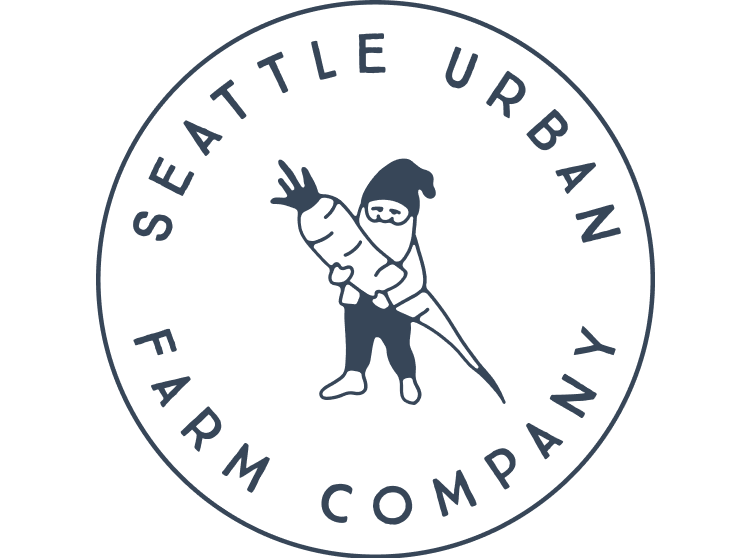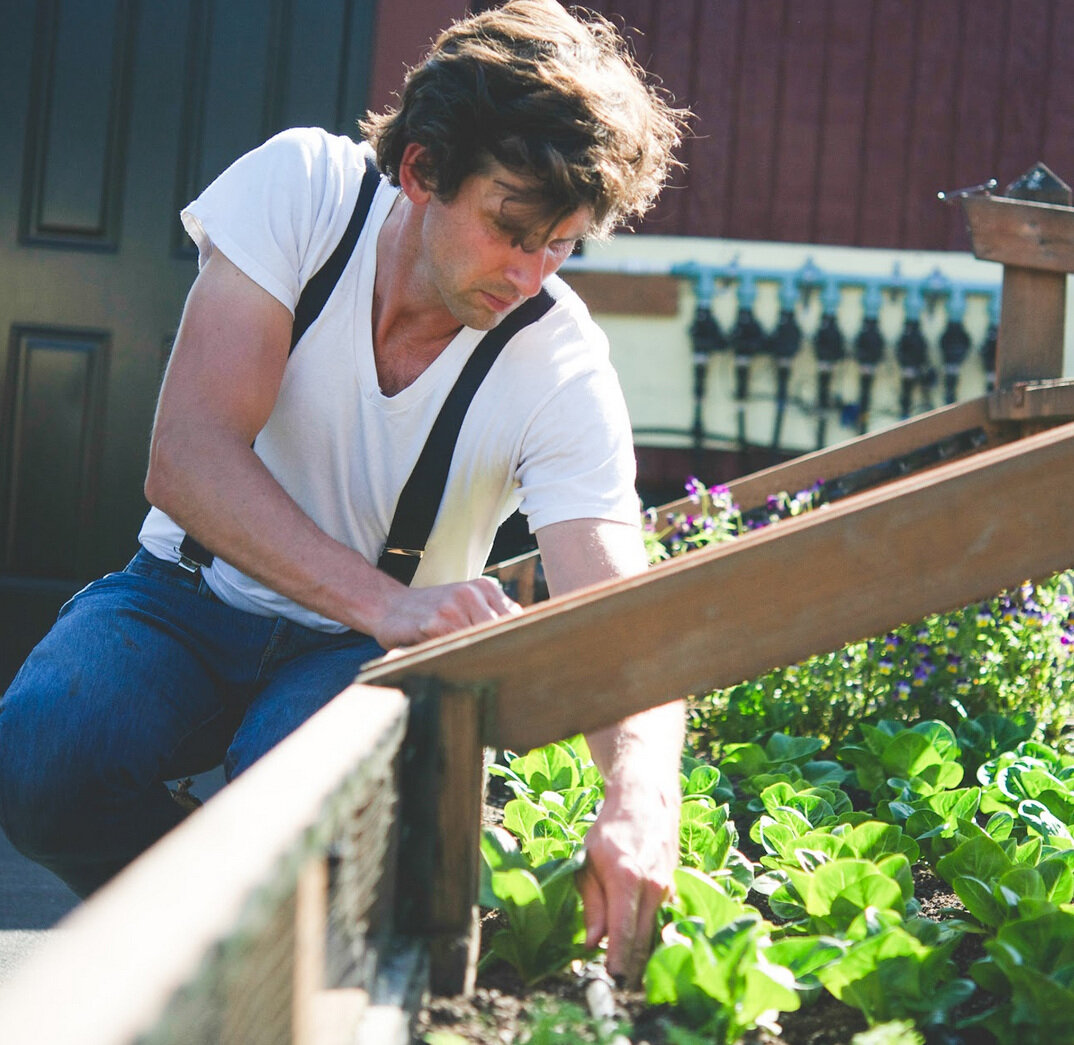Hello, I’m Hilary Dahl and this is Encyclopedia Botanica, a weekly podcast about edible gardening. This week we will be talking about the herb cilantro. There are so many interesting herbs, that I will revisit the subject in subsequent podcasts, but for now I want to focus on one of my very favorite crops to grow, cilantro. Like basil and dill, cilantro is an annual herb, meaning that it is replanted in the garden every season. Plants categorized as “herbs” come in all shapes and sizes, including large, woody perennials, herbaceous perennials, biennials and annuals. The lifespan and hardiness of herb species depends largely on your climate, but cilantro is a particularly peculiar case because of its surprisingly short productive life.
In our opinion, cilantro is the finest of herbs, but many people think it tastes like soap! The reasoning behind this is interesting, but too complicated to dive into in this episode. To learn more, check out this New York Times article.
When the topic of cilantro comes up, the phrase I hear most common is, and I quote: “Whenever I plant cilantro, it just bolts so quickly!”. Yes indeed, cilantro will always bolt quickly. It should provide some level of relief to most gardeners that, fast bolting cilantro in your garden is not an indication that you did something wrong, it is simply the inevitable growth habit of the crop.
When reviewing seed suppliers, you can count on the fact that most of the varieties of cilantro will be described as “slow bolting” or “slowest bolting”. I think slowest bolting is a much more honest assessment, because, no matter what variety you plant and no matter what environmental conditions you provide, cilantro will bolt more quickly than you’d like. There are not as many varieties to select from as there are for many other crops, and to date, we’ve had the best luck with Santo, although we continue to experiment with other varieties including caribe, which has not been germinating as reliably as our trusted Santo type.
Even though the mature plant is very tolerant of cold weather and can survive light frosts, cilantro does not germinate well in cold soil. Given its short lifespan and predilection to bolting, we always direct seed cilantro into the garden and never bother with transplants. Cilantro seed is huge, so it's very easy to seed at the thickness you desire and it's very easy to see how evenly you have seeded the crop. We seed relatively wide and short rows of cilantro, an average planting might be a row about 2” wide and 12” long. The planting plan for cilantro in our gardens is very small but frequent and consistent plantings to ensure a steady supply of the crop. If you want useable cilantro from the garden through the season, I would recommend direct seeding a 12” row every 1 to 2 weeks through the entire season, starting in mid-spring once soil temperatures are above 50 degrees and lasting all the way through early fall and coinciding with your last plantings of salad greens, which for us in zone 8A, around mid-September.
Cilantro seedlings
Because cilantro bolts quickly, it is important to cut the leaves down as soon as you notice their readiness. The leaves will not hold long in the garden, so once the plants have reached about 5-8” tall, cut the plants down to 1” stems with scissors or a sharp knife. If harvested at this stage, the stems will continue to produce. A healthy planting of cilantro should yield 2 or 3 cuttings before the plants are too stressed to produce new, healthy leaves. In fact, I recommend cutting down cilantro plants as soon as they are ready for harvest even if you don’t think you will be able to use all of the leaves. The leaves will often store longer in the fridge than on the plant, and by harvesting when at their peak, you will set the plant up to begin growing another flush of leaves. For continual cilantro harvest, it is actually better to harvest leaves and compost them (if you can’t use them all), than to leave them on the plant. If left on the plant too long, they will bolt, ruining your chances for a good second or third growth off the planting. Our practice is to remove the planting immediately after the third cutting to make room for a new crop in the garden.
If you are succession planting cilantro throughout the season, you may choose to let one or more of your successions flower and go to seed. The flowers are beautiful and great for attracting beneficial insects to the garden. As you may know, the seed of the plant is used as the spice called “coriander”. To get a year’s supply of coriander seed, simply let a few plantings bolt, flower and set seed. The coriander seed is ready to harvest when the plants have turned brown and the seed fully dried. The entire lifecycle from direct seeding to coriander harvest should be about 3 months give or take, depending on weather conditions.
So to sum things up, to maximize your cilantro harvest, select a slower bolting variety, direct seed into the garden, succession every 1 to 2 weeks, harvest often, and let several plantings bolt for a second crop of coriander.
If you’re thinking about canning salsa later this summer, now is a great time to seed your cilantro!
I hope this was a helpful and uplifting primer on cilantro, thanks for listening and I’ll see you next time.
Flowering cilantro and immature seed heads.
Seed saving: Cilantro seed is very easy to save. After a few cuttings, your cilantro will start to bolt. Allow the plant to flower and eventually the flower heads will produce seeds. Wait until the majority of the plant and seed heads turns brown before cutting down the plant. Once plant has turned brown, cut off the seed heads (the part the was the flower) and hang them upside down in a brown paper bag. When the seeds are fully dried they will easily fall off the flower head. Place them in a glass jar or paper bag and store them in cool, dark, dry place until spring!











